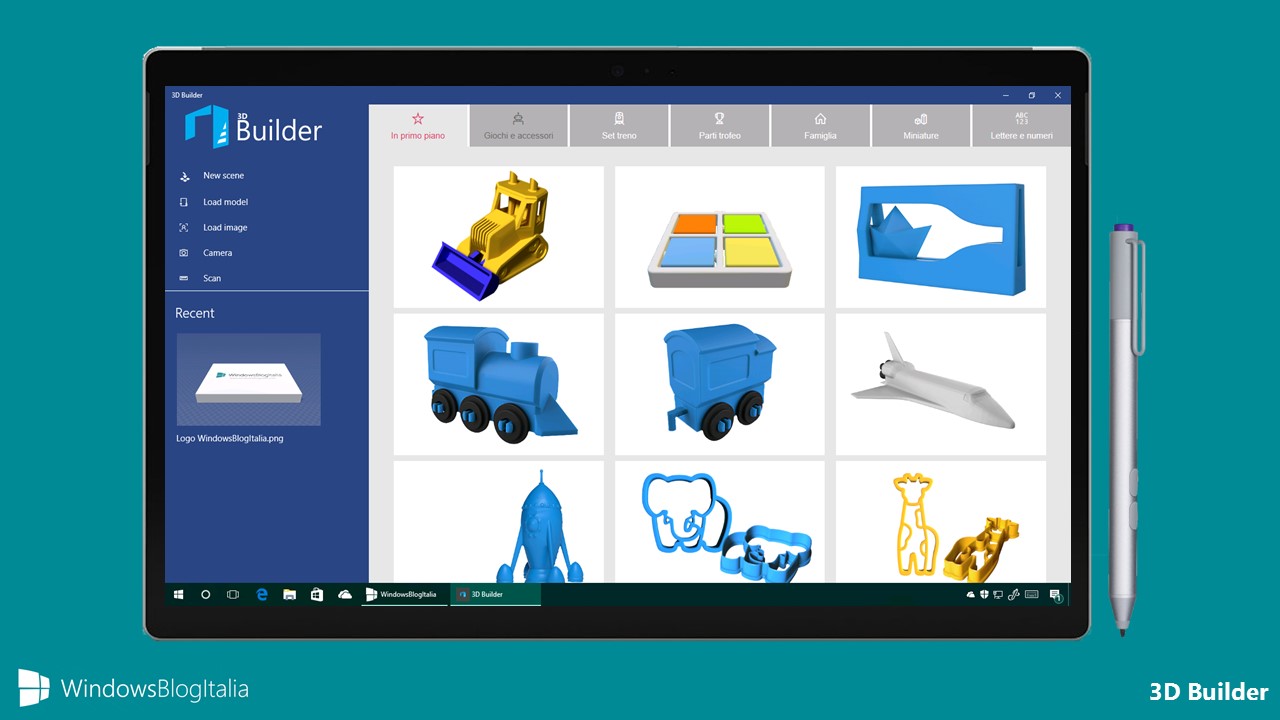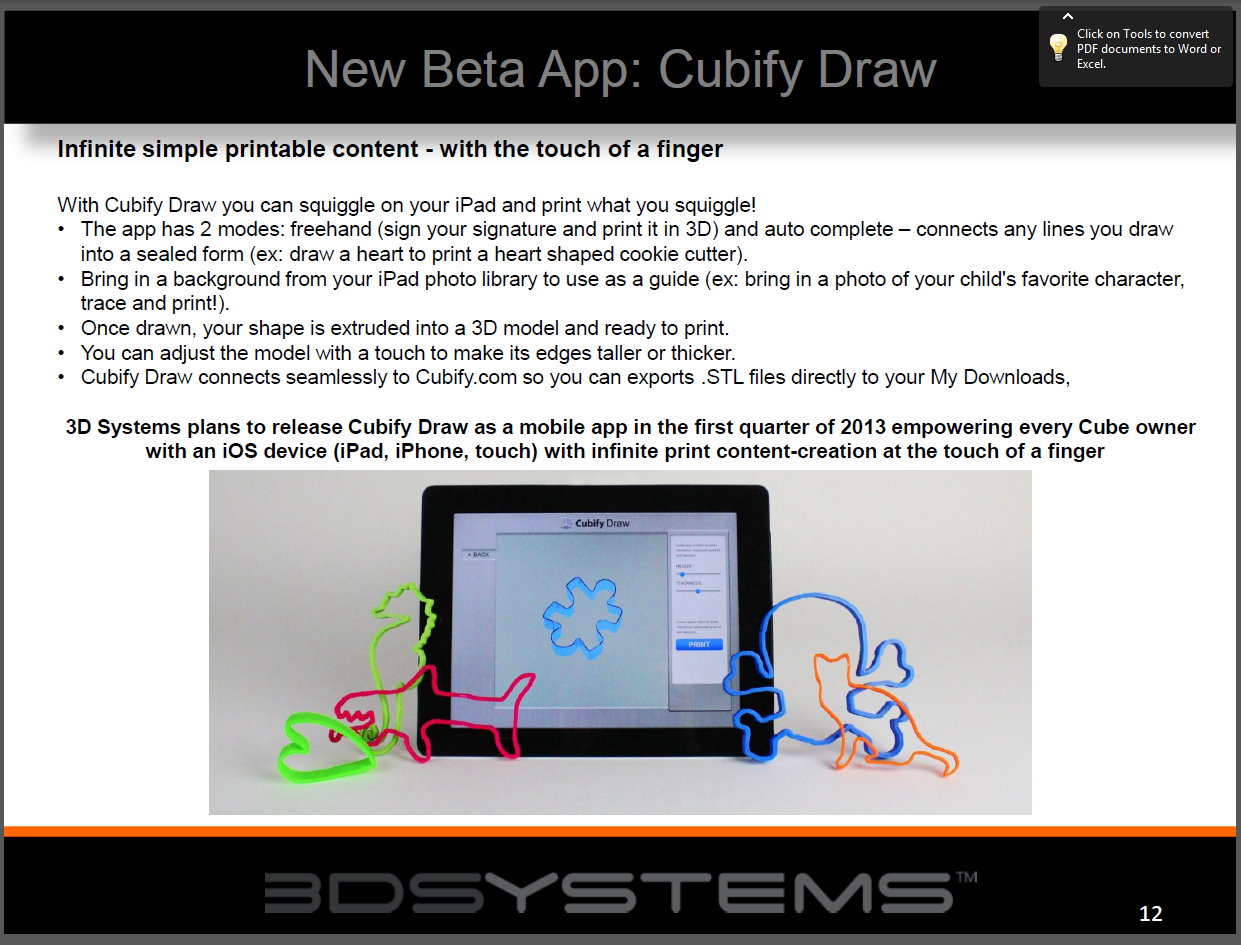
Stumbling upon styles to print from Cubify is much more like taking component in a study of perplexing site design.
#Cubify app install#
You could pay for additional files from 3D Systems' Cubify website you can download and install cost-free documents from MakerBot's Thingiverse website or various other on the internet 3D style databases or you could make your very own layouts, either with a 3D choices in application or by browsing a real-world item.
#Cubify app code#
You also get a code to download 25 layouts from .Ĭubify cube If you wish to print various other things, you have a couple of alternatives. From the box, you obtain a USB secret with three files in 3D Systems' exclusive CUBE data style. Prior to I enter print high quality, it's essential to think about the source of the Cube's style documents.

You could likewise use Wi-Fi Protected Setup (WPS), assuming your modem sustains it. It's simple to establish, as well, because the printer establishes its own advertisement hoc wireless node.
#Cubify app software#
This I do such as about the Cubify software application is that it permits you deliver your prints to the Cube via Wi-Fi. Unlike other printers, with the Cube you can not tailor the elevation of printed layers of plastic, nor could you fine-tune the rate at which the extruder travels or the thickness of the infill product (the denser the infill, the much more plastic you deposit in the parts of a print that aren't visible from the outside- more offers you a more powerful things, much less conserves material). Unlike MakerBot's older ReplicatorG software, Cubify does not allow you utilize a mouse to move the things in real time, and its turn option particularly really feels burdensome.Įven worse compared to any sort of clumsiness in its model control, the Cubify software entirely lacks even more extensive printing choices. Of the Cubify software icons, you may invest the most time with "Orient & Scale." The scaling feature jobs effortlessly enough, however translating (relocating an item along the platform's X and Y collaborates) and turning are both unintuitive. An icon-based system quick guides you with the process of importing a 3D layout data, positioning it on the develop surface area, and prepping it to publish. On its area the Cubify software application seems like a welcome improvement to the at times overwhelming intricacy of various other 3D-printing software. The Cube's cubify cube software application (which, confusingly, shares the exact same label as the Web site) executes some of those tasks, but in such a streamlined way that it harms the printer's look. This translation step is called slicing, given that it essentially involves sculpting your design up for the printer to place down in pieces.

Many desktop 3D printers involve a mix of software program programs, typically one program for personalizing printer settings like build speed and extruder temperature, and an additional with a visual user interface for positioning your model on the print bed and equating the layout for the printer.

The various other difficulties with the Dice's output come largely from its software program.


 0 kommentar(er)
0 kommentar(er)
